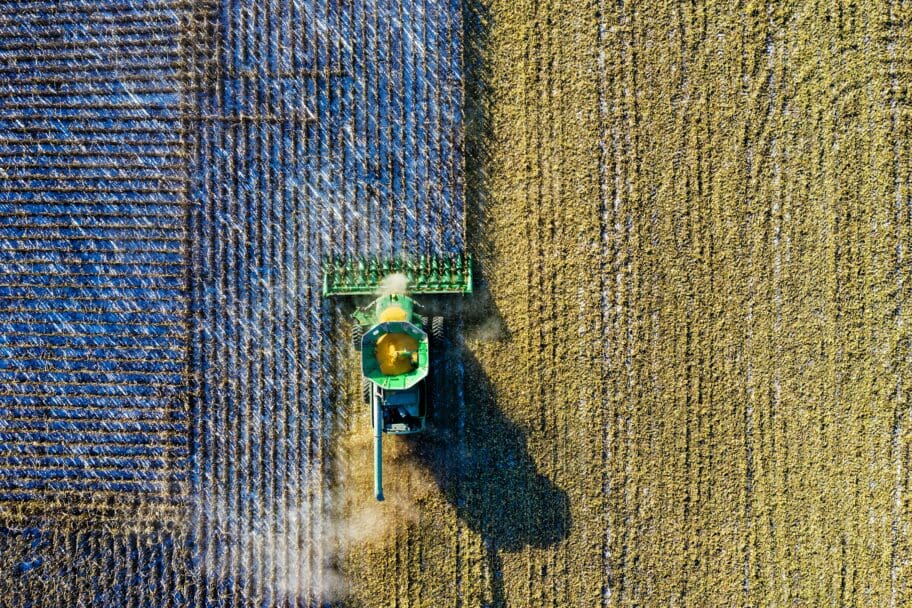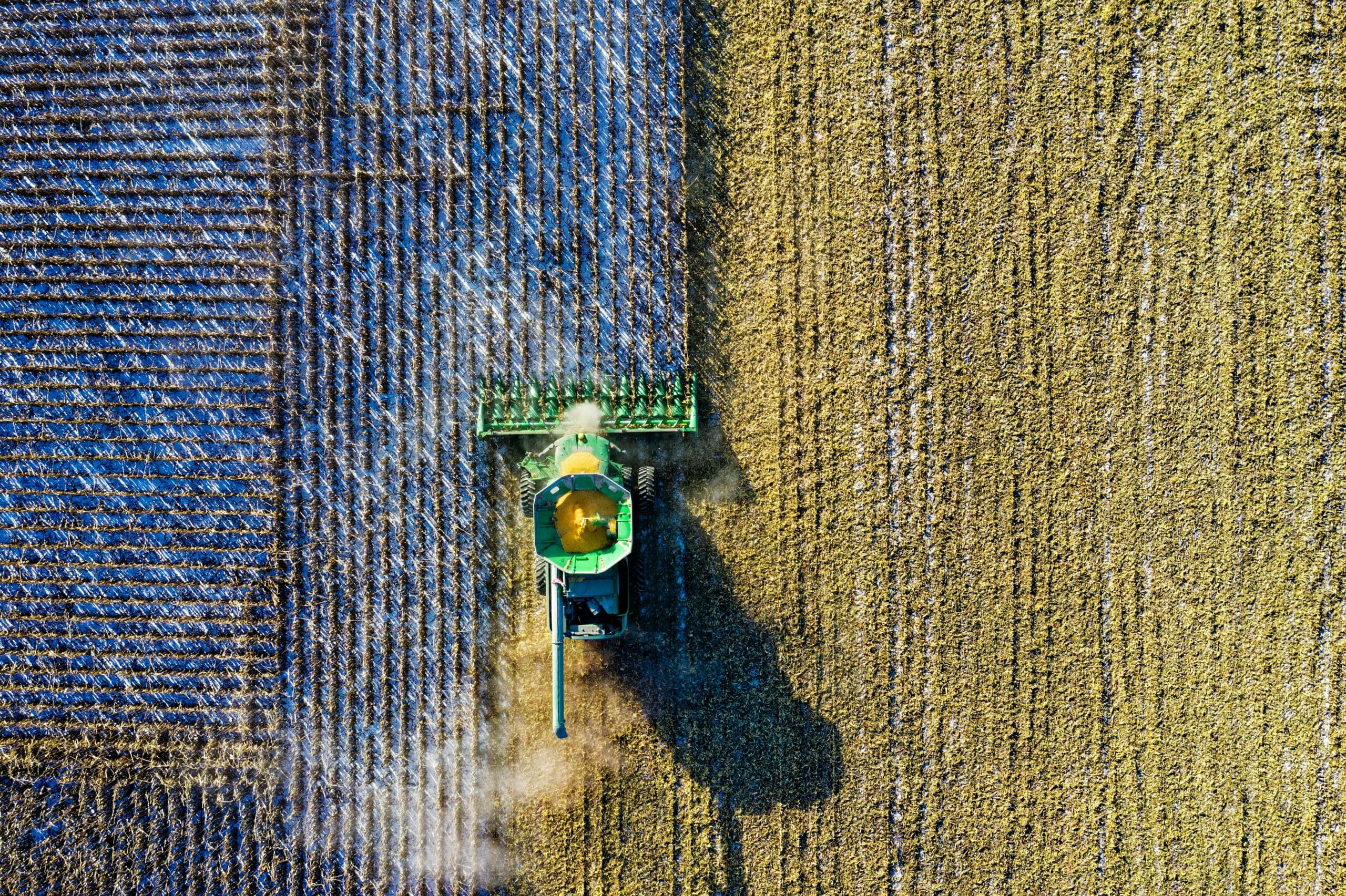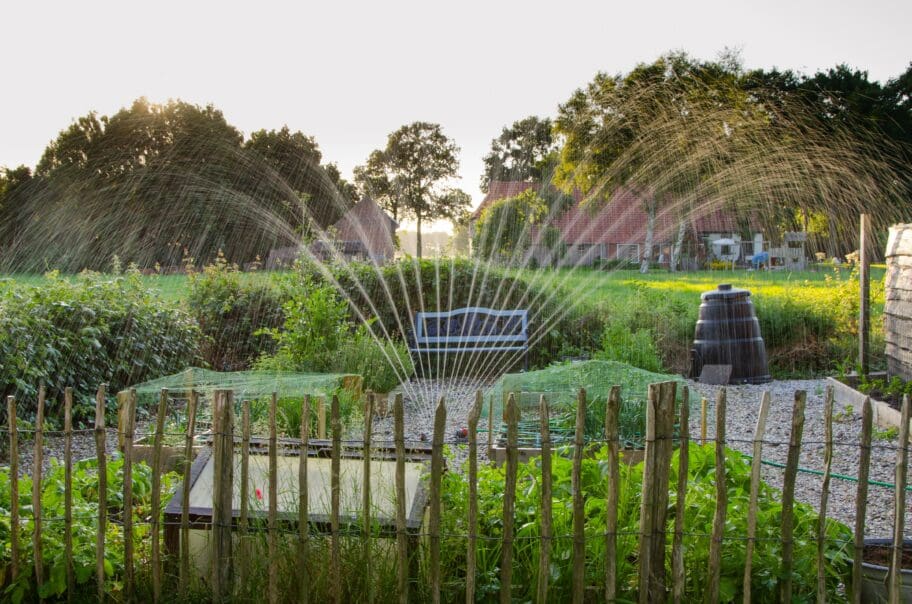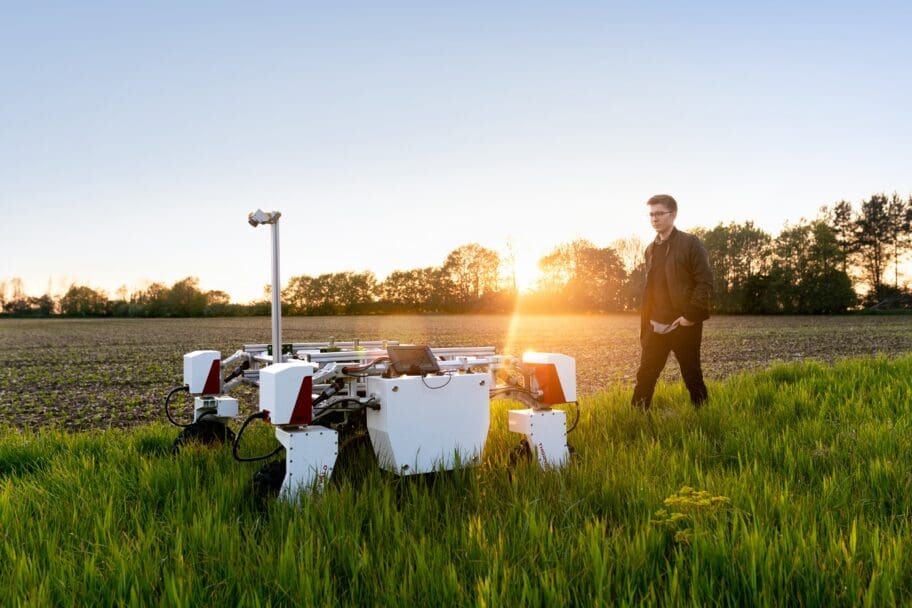The advent of precision agriculture, driven by artificial intelligence (AI) technology, has paved the way for a revolution in farming practices. This change is empowering farmers and enhancing food production through the use of tools like drones. Utilizing AI technology, precision agriculture operations are becoming more efficient, promoting smart farming and sustainable farming methods. From analyzing training data to identifying optimal seed size, AI is transforming the agricultural industry significantly. This agricultural technology is paving the way for smart farming and sustainable farming practices.
However, the implementation of such advanced technology like computer vision and big data, which offer numerous benefits through enhanced intelligence, also brings forth potential challenges that need thorough consideration. These include challenges related to computer vision in soil image interpretation, video analysis methods in agricultural technology, and the learning curve associated with these new tools.
Through a detailed exploration of agricultural technology and machine learning, this article seeks to provide an understanding of how AI in agriculture and computer vision are reshaping the practices of farmers and what it means for future farming methods.

Practical Applications of AI in Farming
Precision Farming and Crop Management
Smart farming leverages AI for precision agriculture. Farmers use machine learning and computer vision tools in software apps to monitor and improve image-based crop management. This method, a shift from traditional farming, focuses on machine learning solutions for farmers' management.
-
Monitoring crop health for productivity.
-
Predicting weather patterns affecting crops.
Drones for Field Analysis
AI-powered drones are transforming farming methods. They provide aerial field analysis, identifying areas needing attention. Benefits include:
-
Real-time data collection.
-
Accurate mapping of farm areas.
Machine Learning for Soil Health
Farm management software utilizing machine learning algorithms and computer vision play a critical role in assessing soil health, assisting farmers. These software applications, empowered by computer vision and machine learning, compare products and activities affecting soil quality and healthy crops for farmers.
-
Analyzing soil samples.
-
Providing recommendations for sustainable farming practices.
This application of machine learning and computer vision in AI software for agriculture offers farmers an efficient way to ensure optimal crop growth conditions by processing data, thereby increasing productivity while maintaining sustainability.
AI's Role in Predictive Analytics and Yield Mapping
Machine learning models, utilizing computer vision and data, play a critical role in predictive analytics within the agricultural sector, aiding farmers significantly. They leverage big data to forecast crop yields accurately. Here's how:
-
Farmers collect vast amounts of data from various sources like weather patterns, soil health, and plant growth using machine learning and computer vision.
-
Analysis of this collected data using advanced AI algorithms.
-
Farmers utilize machine learning and computer vision for Farmers utilize machine learning and computer vision for accurate forecasting of crop yields based on the analyzed data.
The importance of yield mapping enabled by AI, specifically machine learning and computer vision, cannot be overstated for farmers utilizing data. Yield mapping, a practical application of computer vision and machine learning, provides detailed data about the productivity of different areas within a field, allowing farmers to optimize their harvests effectively.
-
Identification of high-yielding and low-yielding areas.
-
Application of appropriate farming strategies for each area.
-
Optimization of resource utilization for maximum yield rates.
Predictive analytics and yield mapping, powered by machine learning and computer vision, significantly impact farmers by reducing wastage and enhancing productivity through data-driven agriculture.
-
Farmers utilize machine learning and computer vision to allow for precise application of resources such as water, fertilizers, and pesticides.
-
Farmers utilize machine learning and computer vision to enable early detection and mitigation of potential issues that could affect crop yields.
-
Farmers utilize computer vision to facilitate informed decision-making, leading to increased efficiency and profitability.
Impact of AI on Livestock Health Monitoring
Smart Collars and Real-Time Monitoring
AI in agriculture has led to the development of smart collars for livestock, utilizing computer vision to aid farmers. These computer vision devices provide real-time monitoring of cattle health, aiding farmers in early disease detection.
-
Example: A cow with a sudden drop in activity levels may be flagged by the farmers' computer vision system, indicating potential health issues.
The traceability offered by these AI-powered computer vision tools enhances surveillance capabilities significantly for farmers.
Predictive Models and Disease Detection
AI, particularly computer vision, also assists farmers in predicting diseases before they become severe. Farmers use predictive models and computer vision, which utilize data from soil monitoring and other environmental factors, to forecast potential health risks.
-
Data is collected from various sources.
-
The model analyzes this information.
-
Potential threats are identified based on patterns and trends.
This proactive approach ensures timely intervention for farmers, thereby improving animal welfare.
Animal Welfare and Mortality Rates
AI's impact extends beyond mere monitoring to actively improving livestock's overall well-being for farmers. Early disease detection helps farmers reduce mortality rates among cattle, contributing positively to animal welfare.
-
Case Study: Farms using AI technology reported a 20% decrease in mortality rates over a year due to early disease detection.

AI for Enhanced Irrigation Systems
Efficient Management with IoT and AI
Integration of Internet of Things (IoT) devices and artificial intelligence (AI) is revolutionizing crop irrigation. These new technologies are providing efficient management solutions for irrigation systems. Surveillance systems powered by AI can detect leaks, monitor soil quality, and adjust the use of water and fertilizers accordingly.
-
Providers offer tools that increase system efficiency.
-
Benefits include improved crop quality and environmental conservation.
Water Conservation
AI in agriculture plays a significant role in conserving water resources. By predicting precise irrigation needs based on various factors such as weather forecasts, soil moisture levels, and plant health data, these smart systems ensure that not a drop of water is wasted.
-
Real-time data analysis helps determine optimal watering schedules.
-
Automated systems adjust water usage based on this analysis.
-
The result: Significant savings in water resources.
Mitigating Drought Impacts
Smart irrigation systems also help mitigate the impacts of drought conditions. They enable farmers to maintain their crops' health without over-utilizing scarce water resources during dry periods.
-
For example, an AI-powered system might suggest the use of specific fertilizers to enhance soil quality during a drought.
-
In extreme conditions, it could recommend alternative farming methods or crops more resistant to dry climates.
Robotic Weeding & Harvesting through AI
Agricultural robotics, powered by artificial intelligence (AI), are revolutionizing the farming industry. One of the significant advancements is autonomous robots equipped with vision systems for weeding tasks.
Autonomous Weeding Robots
-
Using computer vision and machine learning algorithms, these robots can identify weed among crops and eliminate them.
-
These robots significantly reduce manual labor and increase crop yield by ensuring healthy crop growth.
The application of AI doesn't stop at weeding; it extends to harvesting as well. Machine learning-guided harvesting robots are becoming increasingly popular in the agricultural sector.
AI-Powered Harvesting Robots
-
They use machine learning and computer vision to distinguish ripe crops from unripe ones.
-
Once identified, they pick only the ripe crops, minimizing waste and maximizing crop yields.
AI in agriculture not only contributes towards labor shortage solutions but also increases efficiency in the farming process. For instance:
-
Drones equipped with AI technology can monitor large fields quickly, providing real-time data on crop health.
-
Supervised machines for sowing seeds ensure optimal planting density leading to better yield.
Future Prospects of AI in Agri-food Sector
Sustainable Practices
AI has the potential to revolutionize the agricultural sector. It could be a key driver behind sustainable agriculture practices, enabling farmers to manage resources more efficiently. For instance:
-
Precision farming: Using AI-powered sensors to monitor soil nutrients and optimize water usage.
-
Predictive analytics: Forecasting weather patterns and pest behavior to minimize crop loss.
Food Security
The impact of AI on food security is anticipated to be significant. By improving crop production, it can address challenges such as population growth and labor shortages in the agricultural industry. Potential applications include:
-
Crop disease detection: Using machine learning algorithms to identify plant diseases early on, reducing crop loss.
-
Automated harvesting: Leveraging robotics to overcome labor shortages and boost productivity.
Advancements
Expect major advancements from AI in agri-food supply chains. An automated farm-to-fork tracking system is one such promising development for the agricultural businesses market:
-
Real-time tracking: Monitor food items throughout their journey from farm to consumer.
-
Enhanced transparency: Provide consumers with detailed information about the origin of their food, its nutrient content, and more.

Concluding Thoughts on AI and Agriculture
The transformative power of artificial intelligence (AI) in agriculture is undeniable. Through practical applications like yield mapping, livestock health monitoring, enhanced irrigation systems, and robotic weeding, AI is revolutionizing farming practices. The future prospects of AI in the agri-food sector are promising, with potential for further advancements that can significantly improve productivity and sustainability.
As the world grapples with challenges such as food security and climate change, integrating AI into agriculture presents an opportunity to address these issues. Therefore, it's crucial for stakeholders in the agricultural sector to embrace this technology for a more sustainable and efficient future. Let's harness the power of AI to shape our agricultural practices!
FAQs
FAQ 1: How does AI enhance irrigation systems?
AI enhances irrigation systems by using sensors and predictive analytics to monitor soil moisture levels. This allows farmers to irrigate their crops optimally, reducing water waste and improving crop health.
FAQ 2: What role does AI play in livestock health monitoring?
AI helps monitor livestock health by using sensors to track vital signs like heart rate or body temperature. It can alert farmers early if an animal shows signs of illness, ensuring timely treatment.
FAQ 3: How does robotic weeding work through AI?
Robotic weeding uses machine learning algorithms to identify weeds from crops accurately. Once identified, the robot can remove the weed without damaging the surrounding crops.
FAQ 4: Can AI predict crop yields?
Yes, one major application of AI in agriculture is predictive analytics for yield mapping. By analyzing various data points like weather patterns or soil conditions, it provides accurate predictions about crop yields.
FAQ 5: What are the future prospects of AI in agriculture?
The future prospects of AI in agriculture include precision farming techniques for better resource management and automation technologies that could reduce manual labor needs.

Article by
Titus Mulquiney
Hi, I'm Titus, an AI fanatic, automation expert, application designer and founder of Octavius AI. My mission is to help people like you automate your business to save costs and supercharge business growth!


